In the vast expanse of the universe, galaxies often engage in dramatic interactions that shape the cosmic landscape. Recently, astronomers have captured a rare and fascinating event: two galaxies locked in a high-speed "duel" 11 billion light-years away. This discovery, published in the journal *Nature*, offers a unique window into the early universe, a time when galaxy mergers and star formation were far more common.
The Discovery of the Galactic Duel
Using combined observations from ground-based telescopes over nearly four years, researchers observed two distant galaxies charging toward each other at speeds exceeding 1.1 million miles per hour (1.8 million kilometers per hour). One galaxy, wielding intense beams of radiation from its quasar, repeatedly targeted the other, dispersing gas clouds and weakening its opponent's ability to form new stars. This phenomenon has been dubbed a "cosmic joust" by Pasquier Noterdaeme, a researcher at the Paris Institute of Astrophysics and the French-Chilean Laboratory for Astronomy in Chile.
The Role of Quasars in Galactic Interactions
The "attacking" galaxy's radiation originates from its bright core, a quasar powered by a supermassive black hole. According to NASA, the intense gravitational pull of a black hole draws matter toward it, heating dust and gas to millions of degrees and creating luminous emissions. These materials spiral around the black hole, forming an "accretion disk" and emitting jets of energetic matter.
The quasar's ultraviolet waves are about a thousand times stronger than the radiation of our Milky Way. These powerful beams split and disperse hydrogen molecules in the "victim" galaxy's star-forming regions, preventing the formation of new stars. As additional material from the victim galaxy is drawn toward the supermassive black hole, it fuels the quasar with more energy, creating a cycle of destruction and renewal.
The Rarity of This Observation
Until now, the radiative effects of a quasar on the molecular gas of a nearby galaxy had only been theorized but not confirmed through direct observation. Study coauthor Sergei Balashev, a researcher at the Ioffe Institute in St. Petersburg, Russia, emphasized the significance of this discovery: "It’s really the first time that we can see the radiative effect of a quasar on the molecular gas of a nearby galaxy."
The initial detection of this quasar was challenging due to its unique features among thousands of low-resolution spectra. "It’s really (like) finding a needle in a haystack," Balashev said. The powerful light from quasars often outshines their host galaxies, making it difficult to observe nearby galaxies. However, the high-resolution imaging capabilities of the Atacama Large Millimeter/submillimeter Array (ALMA) in Chile revealed that the two galaxies, though appearing to overlap in low-resolution spectra, are actually separated by thousands of light-years.
The Evolution of Galaxies and the Universe
This discovery provides valuable insights into the early universe, a time when galaxies were more densely packed and mergers were more frequent. Scientists believe that quasars and galaxy mergers were far more common in the early days of the universe. Over time, the universe has expanded, and many galaxies have combined into larger structures.
Astronomers refer to the period 10 billion years ago as the "noon of the universe," a time when stars formed at a rapid rate. Though less frequent today, galaxy mergers still occur. For example, our own Milky Way is expected to merge with the Andromeda galaxy in a few billion years. However, it remains unclear whether the "cosmic joust" phenomenon is a common feature during galaxy collisions.
The Tools of Modern Astronomy
The observations were made possible through the combined efforts of the European Southern Observatory’s Very Large Telescope (VLT) and ALMA. The VLT allowed researchers to study the density and distance of the gas affected by the quasar’s radiation. ALMA's high-resolution imaging capabilities were crucial in distinguishing the two galaxies and understanding their interactions.
Future Research and Implications
This groundbreaking discovery opens new avenues for research into the birth and evolution of galaxies. By studying the radiative effects of quasars on nearby galaxies, astronomers can gain deeper insights into the processes that drive star formation and galactic evolution. The findings also highlight the importance of continued exploration and the development of advanced observational tools.
The discovery of the "cosmic joust" between two galaxies 11 billion light-years away is a testament to the dynamic and ever-changing nature of the universe. This rare event, captured through the combined efforts of modern telescopes, offers a glimpse into the early universe and the forces that shaped it. As astronomers continue to explore the cosmos, they will undoubtedly uncover more fascinating phenomena that challenge our understanding and expand our knowledge of the universe. The study of such events not only enriches our scientific understanding but also inspires wonder and curiosity about the vast and mysterious cosmos.

By Daniel Scott/Jun 6, 2025

By John Smith/Jun 6, 2025
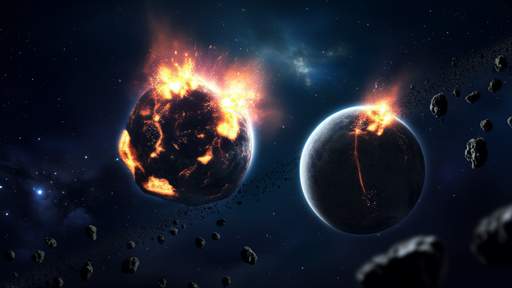
By Daniel Scott/Jun 6, 2025
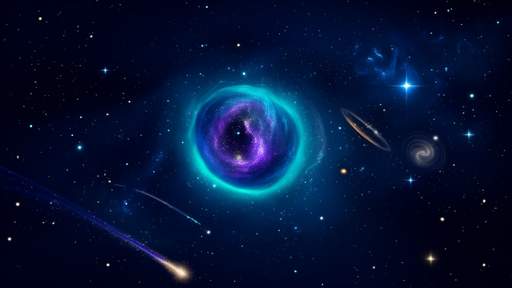
By Emma Thompson/Jun 6, 2025
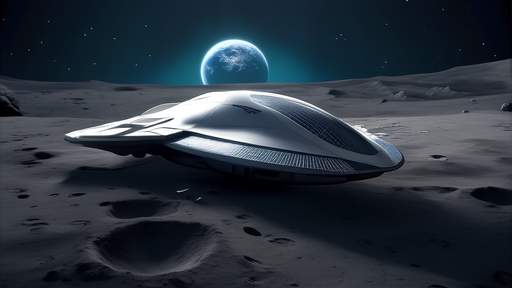
By Sophia Lewis/Jun 6, 2025

By Olivia Reed/Jun 6, 2025

By Joshua Howard/Jun 6, 2025
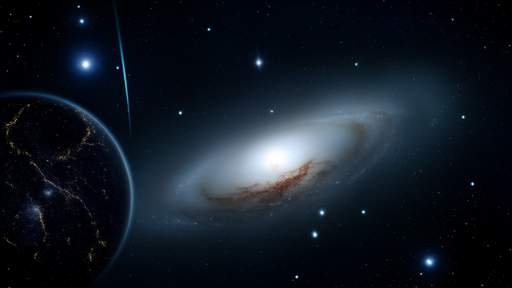
By David Anderson/Jun 6, 2025
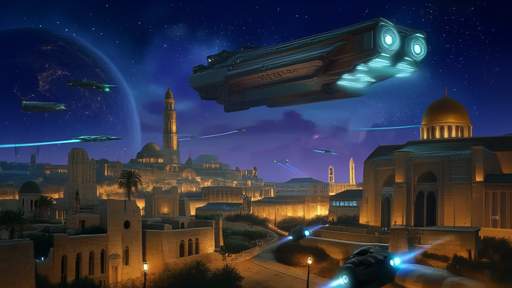
By Emma Thompson/Jun 6, 2025

By Emily Johnson/Jun 6, 2025

By Samuel Cooper/Jun 6, 2025
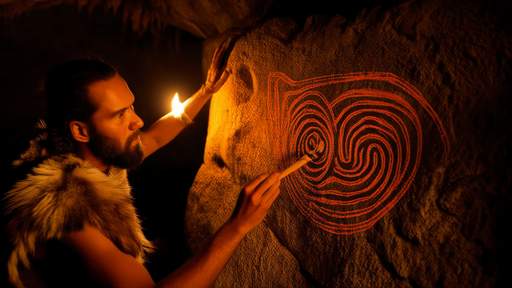
By Emily Johnson/Jun 6, 2025

By Sophia Lewis/Jun 6, 2025
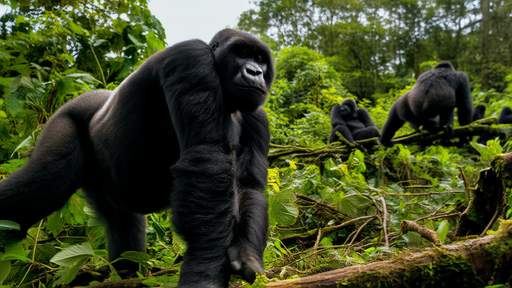
By Jessica Lee/Jun 6, 2025